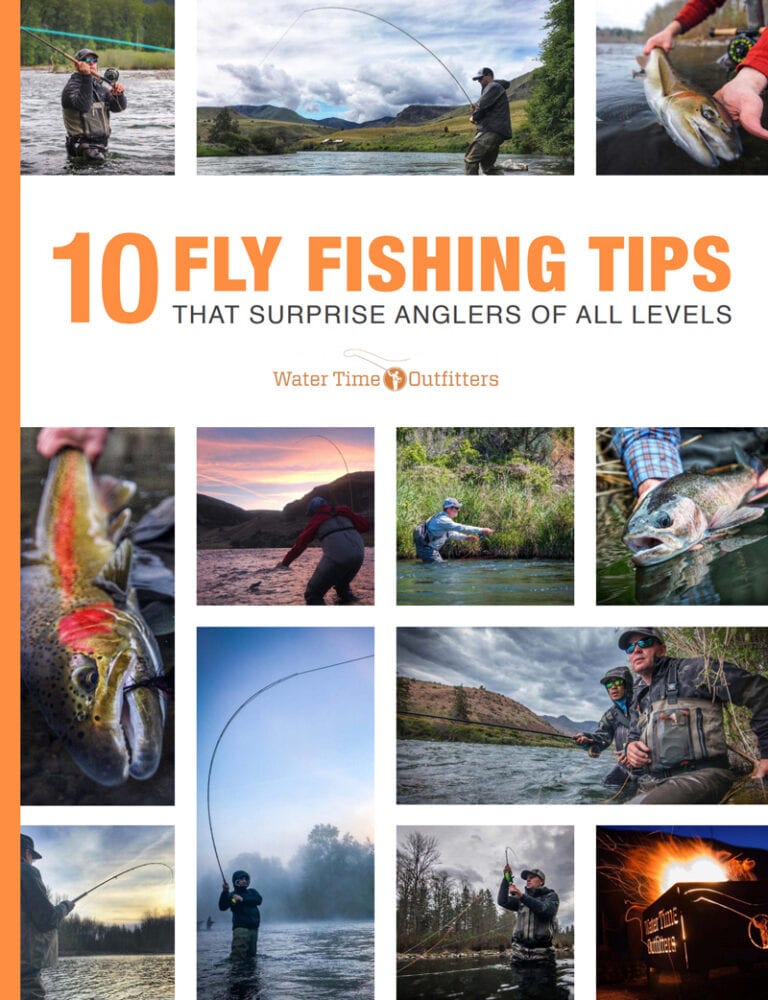Summer Steelhead -Swung Fly Success
The smell of sage and juniper blends in the soft breeze as we stand ready in the pre-dawn prepared for an encounter with steelhead. The deep canyon walls of the Deschutes river loom 2000 feet above in the gray light of the early morning. Cool water rushing and sound of gravel crunching under our spiked wading boots meld with the soft light and the hushed sounds of birds awakening. This is the time it begins-the precious few hours each day when our odds of success are highest for raising our chrome quarry to the surface. The dance begins; cast, swing, step we move through the run. The fast water riffle a funnel to the soft water edge where we expect to find the tug. The line is tight as the fly slides across the water just inches from the surface-so close that when and if a large fish moves to the fly we will see the bulge of water rise behind it. Cast, swing, move down and repeat is our process. The gray dawn slowly fading into sharper colors and the cool of the morning easing away the hot and dusty afternoon of the day before. This is steelheading on the Deschutes in July, August and September.
The swung fly strategy is a simple approach that covers a lot of water fast. As steelhead are migratory fish they are passing through and not always in one spot or another. Covering lots of good water is the best way to increase your odds of success. With the swing approach the fly is cast quartering downstream and with a tight line swung across the current. The movement and colors of the fly triggers a response from fish. After each cast the angler moves downstream several steps ensuring the fly meets fresh new water with each cast. What the surface swung fly approach lacks in complicated form it makes up for in its efficency covering lots of water.
Ideal steelhead water is 3-5′ deep with loads of good structure and the right speed current. Steelhead will gravitate towards walking speed water. Finding locations that have structure like boulders or current breaks will help to focus fish. Identifying good fish holding water narrows down your search on big rivers like the Deschutes and ups your odds of success.
The rigging for summer steelhead is fairly simple- #6-8 fly rod with a #7 being my favorite, a floating line and fly reel with a good drag and sufficient line capacity for at least 100 yards of backing; add a 9′ tapered leader of 12 lb test and you are set.
The draw and allure of steelhead fly fishing is never stronger than standing waist deep on a river like the Deschutes. When the line does come tight in a vicous swirl of chrome you know why the saying is “the tug is the drug”!

